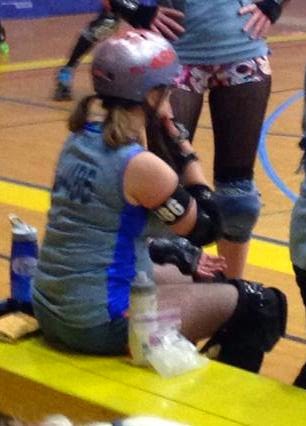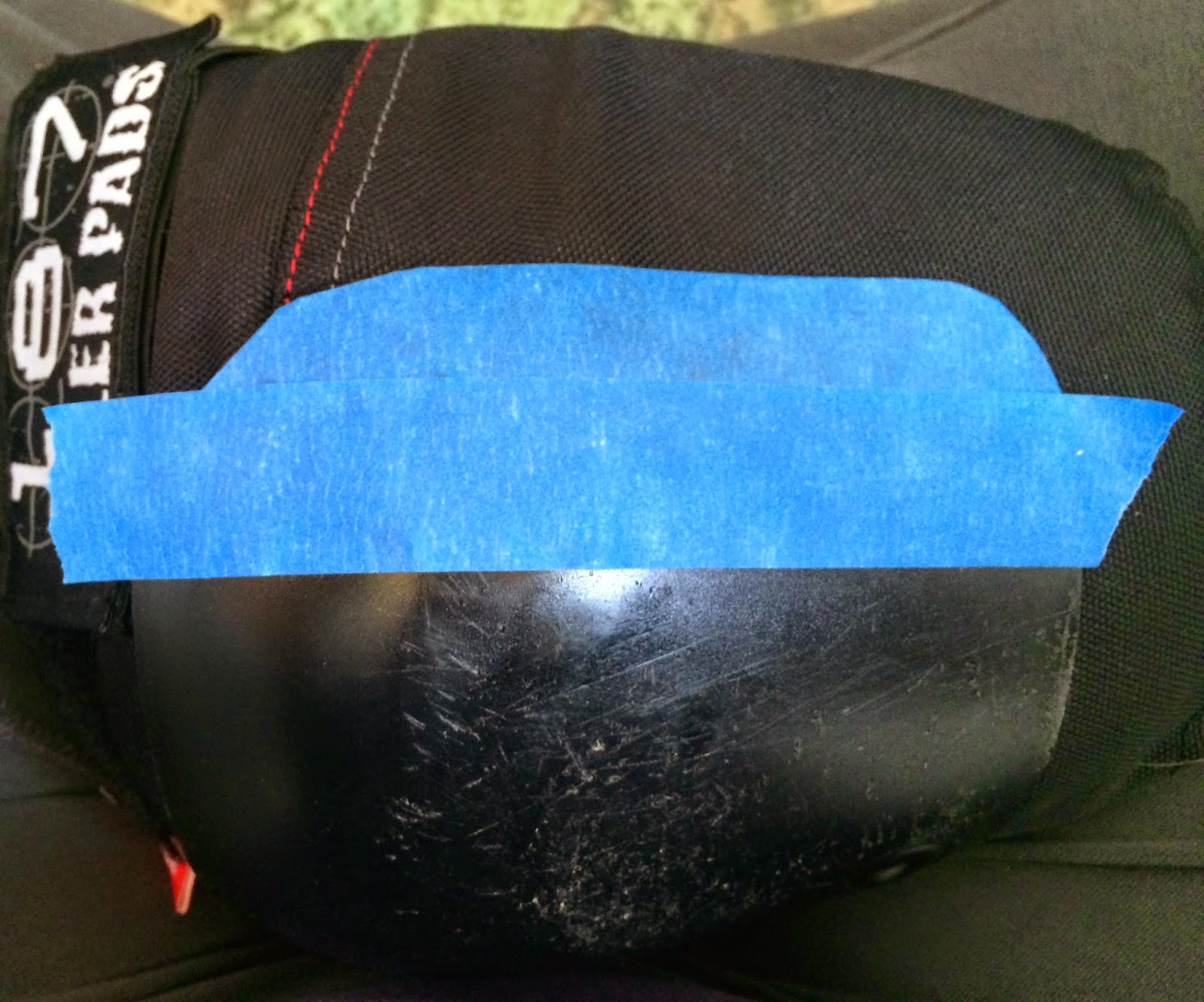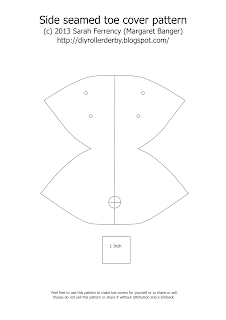Materials:
Tshirt- prewash & shrink it!!
Scraps of stretch material- I used metallic spandex left from sewing shorts- if you're buying it, 1/4 yard would probably do 2 shirts.
Matching thread
Tools:
Sewing machine and all the stuff you need to sew with
It helps to use microtex or "sharp" needles- if your machine is skipping stitches, make sure you're using one of those, and if it still skips, put tissue paper under the fabric as you sew.
Step 1: Turn your T-shirt inside out and cut off the sleeves, right along the seam. Also cut off the ribbed collar right along the seam.
Step 2: Turn it right side out again, and draw on a neckline you like. It's helpful to refer to a shirt with a neckline you like; you can even put it under and trace it. Try the shirt on, and make sure the neckline isn't too low or too gaping. You can also have a friend draw the neckline on as you wear it. Once you decide you like it, cut on your drawn line. You can make it symmetrical by folding it in half down the middle (make sure you only have the front side folded), matching shoulder seams.
Step 3: Fold your shirt in half, carefully matching side seams, if they exist. NOTE: Sometimes T-shirts shrink crooked. Get it as flat and wrinkle free as you can, and matched up as best you can. Draw on where you want your armholes to be. Remember that they're already pretty big from cutting off the sleeve. Don't cut any more off the bottom, but make the shoulders narrower if you don't want it to be a muscle shirt. Same tips as Step 2. Cut when you're ready. I didn't want mine to be racer back, so I cut my front arm hole in deeper than the back one.
Step 4: This is the hardest part. Put your shirt on, and think about how you want it to fit. In my case, I knew I wanted to add some fabric around the belly. I also wanted a more feminine shape. I think I decided to add 3", but only 2" under my bust. You can close the big armhole gap a little here by adding this piece of fabric a little higher than the armhole opening. I measured from where I wanted the top of the armhole to be (higher than it was), to where I wanted the narrow place to be, and then from there to the bottom. Then I cut two pieces of the spandex to those measurements. I tapered from the narrow part to the wider part about halfway down the strip.
Step 5: Turn your shirt inside out, and cut up the side seams of your shirt. If you don't have side seams, lay the shirt flat and mark where they would be, then cut them. This is weird because all you have is this weird pinnie-like shirt! And if you're spatially challenged like me, you might have a hard time telling which sides go with which once it's open.
Step 6: Pin your spandex strips to the side seam cuts, wrong sides together. Unfortunately the only photo I have of this is the one I took when I did it wrong and almost turned my shirt into a big tube. Hold it up to make sure it seems like a shirt, before you sew.
Step 7: Using a narrow zig-zag or stretch stitch, sew the spandex into your shirt. Take out the pins, turn it right side out, and try it on. **It will probably still gap at the armhole/bust and that's OK, you will fix it soon.
Step 8: Cut a long 1" strip of your spandex. A quilt ruler & rotary cutter works really well for this.
Step 9: Starting at the back of the neck, place the right side of the spandex strip along the raw edges of the neckline and sew it down 1/4 or so from the edge. Continue around the neck and cut the strip with enough left to fold it under at the end and overlap where you started. Do not stretch the spandex as you sew. Now flip the spandex strip to the inside, and top stitch on the shirt side of the trim, catching the strip underneath. Trim off any extra underneath- the edges won't unravel.
Step 10: Start at the underarm and do the same for the armholes. This time, stretch the spandex ever so slightly when you are going around the lower front of the armhole to bring that bust gapping in a little. It really works! And you really only need to stretch it a hair.
And that's it! You're done! I recommend trying it on and cutting off any extra length- I wore mine and found it fit more like a dress, covering up my booty shorts. I ended up cutting off a few inches in the locker room. But I am extra short, the rest of you may not have that issue.



















































